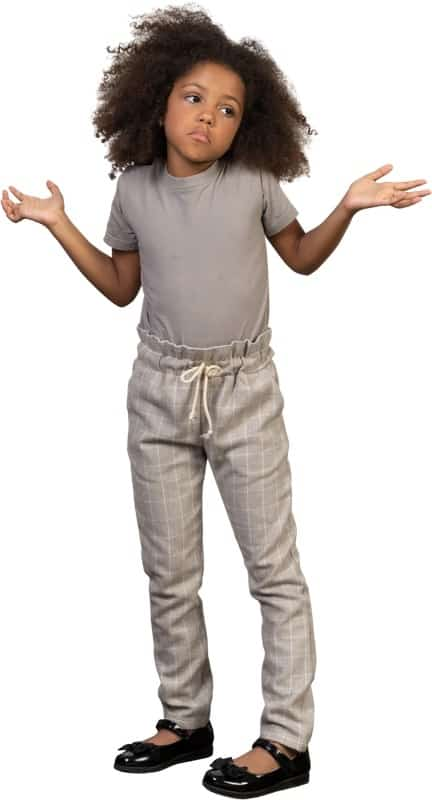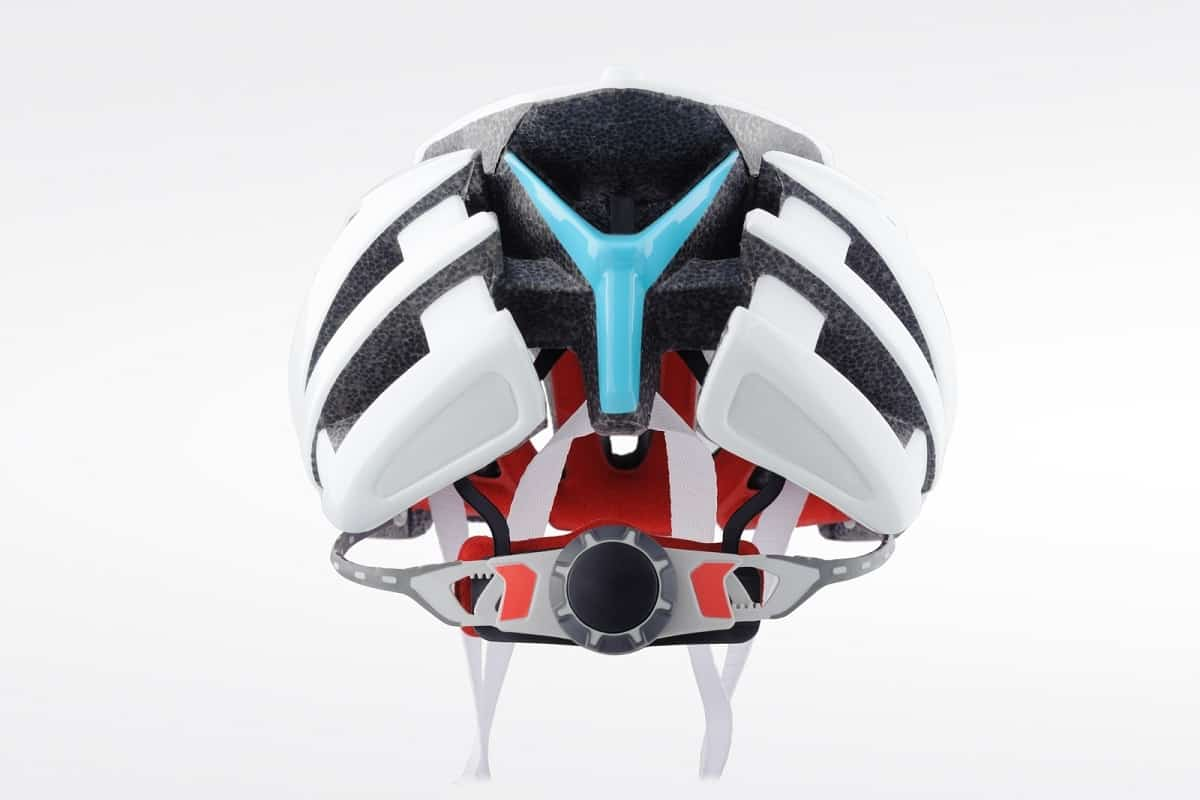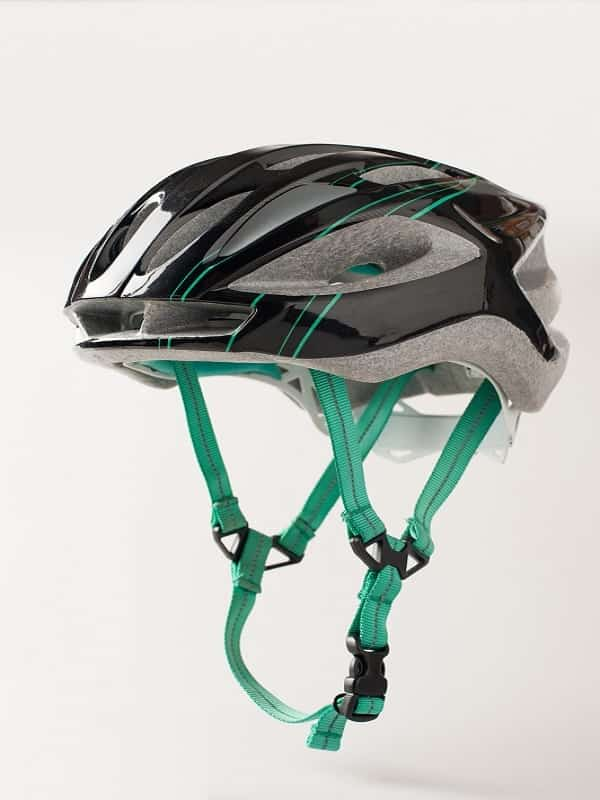How To Wear A Bike Helmet Correctly
You could wear a bicycle helmet any which way you want, however, there is only one way to wear it properly. Not wearing it properly seriously reduces the chances that it will effectively protect you in the event of a fall potentially causing head or brain injuries.
Knowing how to wear a bike helmet correctly is crucial for your cycling safety.
First, determine what kind of bike riding you are going to be doing, as there are different helmet types for different types of riding. Once you’ve got yourself the right type of helmet, you need to make sure it fits properly.
Now, let’s take a look at how to wear a bike helmet correctly!
KEY TAKEAWAYS
* Be sure to wear the front of the helmet toward the front.
* Ensure that your helmet is sitting level on your head, not tilted back.
* Adjust the rear dial fit system to reduce helmet movement on your head.
* Adjust the chin strap to hold the helmet firmly in place.

Disclosure: As an Avantlink and Amazon Associate, we earn from qualifying purchases. Disclosure Statement.
Page Content
How To Wear A Bike Helmet Correctly
Wearing a bike helmet is a lot like strapping on a construction helmet or a football helmet in terms of there being a particular way that it sits on your head, before making adjustments.
In this article, we will cover the basic positioning of the helmet, how to adjust the straps, and dealing with the different fitting adjustment systems.
It may sound silly, but it’s something that you want to get right, especially if you are putting bike helmets on your kids. Properly placing and adjusting a bike helmet could be the difference between a scary scrape and a trip to the hospital.
VIDEO: How To Measure For A Bike Helmet
RELATED: How Should A Bike Helmet Fit?
Bike Helmet-Which Way Is Front?
Oftentimes, the front of a bike helmet is almost a mirror image of the back. It’s obviously elongated to fit the length of your head, front to back, so which way is front and which way is back?
There are many different helmet designs, and as such there are several ways in which to know which is the front and which is the back. Meaning that one method may not necessarily hold true on all helmets.
Looking at your helmet from the top is not a good way to determine front from back. I have two helmets on my desk in front of me right now. One is rounded at the front and pointy at the rear, while the other is pointy at the front with ‘fins’ at the back.
If your helmet has a dial adjustment system, it will be located at the rear of the helmet, so if you can see a little plastic dial at one end of your helmet then that is the back end. That is one of the easiest ways to determine front and back, but not all helmets have a dial adjustment system.

The next method for determining the front from the back is the positioning of the chin straps. There will be chin straps on both sides of the helmet. On each side, there will be two straps attached to the helmet which will hang down.
One of the chin straps will be close to the center of the side while the other strap will come from either the rear of the helmet or closer to the rear than the center. If you were to put the helmet on back to front, then that rear strap would be hanging across your eye or cheekbone, or very close to it.
Turn the helmet around so that one strap is hanging in front of your ear, and the other is coming from behind the ear. This will give the classic ‘Y’ shape of the helmet chinstraps.
SUGGESTED: Best Low Profile Bike Helmets
This content was originally published on headsdontbounce.com. If it appears on another website, it is a violation of the copyright owned by headsdontbounce.com.
So, now you’ve worked out which is the front and which is the back, put your helmet on and we can take a look at how to adjust your helmet properly.
Bike Helmet Fit Guide
How To Adjust A Bike Helmet
You want to position the bike helmet so that it rides level on your head, but before you start to tighten the straps or turning dials, it needs to sit firmly without sliding either to the front, back or side to side. If it is in an uncomfortable position to start with, it’s not going to improve when you tighten it down.
If your new helmet does slide around at all, there’s a good chance that it is too big. You might want to try on the next size down.
First, we will deal with your helmet’s dial fit system, then we will look at how to adjust your helmet’s chinstraps.
Bike Helmet Fit System
There are quite a number of bike helmet fit systems employed by bike helmet manufacturers, some of which are their own proprietary systems while others are generic mass-produced systems. Nonetheless, they are all pretty much similar in how they work.
Here are some of the names of these systems that you may come across in your own helmet or otherwise heard of: BOA Fit System; Float Fit System; Roc Loc System; 360° Fit System, Dial Fit System, and that is just to name a few of them.
If your helmet comes with a proprietary fit system, then you will probably receive an instruction sheet with the helmet on how to work the system to personalize the helmet size to fit your head comfortably.
Bike Helmet Adjustment Mechanism
The dial fit system is simple and effective and is located at the rear of your helmet. You can take your helmet off and look inside as you turn the dial wheel and you will see that as you turn the dial it causes a thin plastic band to contract and tighten around where your head would be.

One of the fit systems created by Lazer helmets has a roller type of dial at the top rear of the helmet. Most other helmets use the pinion wheel/dial at the back of the helmet.
There are other systems that not only use the dial adjustment for fitting horizontally around the head but also include a vertical adjuster which can pull the helmet down closer to your head. This type of system can achieve close to a perfectly snug fit.
Other systems give you the option of turning the dial wheel or squeezing the adjuster wings alongside the dial system.
Some helmets have no fit adjustment system at all, claiming that the helmet will fit all-sized heads. I am a little skeptical of such claims.
And then there are others without an adjuster system, however, they provide additional helmet padding for the helmet wearer to add/remove as necessary.
Before putting your helmet on your head, you might need to turn the dial counterclockwise so that it is loose enough to get onto your head.
Once you have the helmet on your head, you can simply reach around the back with one hand and turn the rotary dial clockwise to tighten and counterclockwise to loosen.
As you turn the dial, you will hear it click as it tightens. Continue until you have a nice, snug fit but not so tight that you’ll pass out or lose feeling in your scalp.
Bike Helmet Chin Strap
Bike helmet adjustable fit systems are great for ensuring your helmet is comfortable when you are riding. However, it is the chinstrap, otherwise known as the retention system, that is responsible for your head’s safety.
A properly functioning retention system is necessary for a bicycle helmet to pass safety certification testing. A chinstrap failure could see your helmet coming off your head just at the moment that you need it the most.
You want the chin straps tight enough that you can fit two fingers in between the strap and your throat and it makes for a reasonably tight but comfortable fit.
Depending on the design of the chin strap, you may have to make adjustments under the chin and/or up near the ear lobes, where the head straps come down and meet the single strap in a Y-shape.

How to Adjust Bike Helmet Straps
There are two places that you need to adjust your helmet’s chinstrap: below the ears where the two straps coming from the helmet meet to form the bottom of the ‘V’ part of the ‘Y’. And the second place to adjust is under your chin.

How to adjust the strap below your ear depends on the type of fitting used. Many of them will simply slide up or down, other brands require you to press a circular button while others will have a lift-up flap to lift before you can slide it into place.
Then, there are others that can’t be adjusted at all.
You should take your helmet off first to see how the side adjusters work. You may also need to adjust the length of one of the straps coming from the helmet, which can be done by holding one strap in place while sliding the other.
Be sure to have the straps on both sides of the helmet even and that they come in front of and behind the ears without touching your ears.
Next is to adjust the strap under your chin. You will see that only one of the straps can be adjusted as the other strap is fixed in place. You should be able to see how to slide and adjust the length of the strap to make it longer or shorter to suit your head size.
When adjusting the chinstrap under your chin, the most important thing to know is that it shouldn’t be too loose or too tight. There should be enough space for you to slide two fingers between the strap and your throat.
Conclusion
How To Fit A Cycling Helmet Correctly | WHAT HAPPENS IF YOU DON’T!
Wearing a bike helmet the right way can save you a lot of headaches down the road, pun very much intended. Concussions and brain injuries are no joke. A lot of people think that bike helmets look stupid and maybe they’re right. It does kind of look like a goofy mushroom bouncing up and down on a bike.
However, better to look stupid than have a concussion and a great deal of road rash where your hair used to be. Be safe, wear a helmet, and wear it the right way.
Related Reads:

